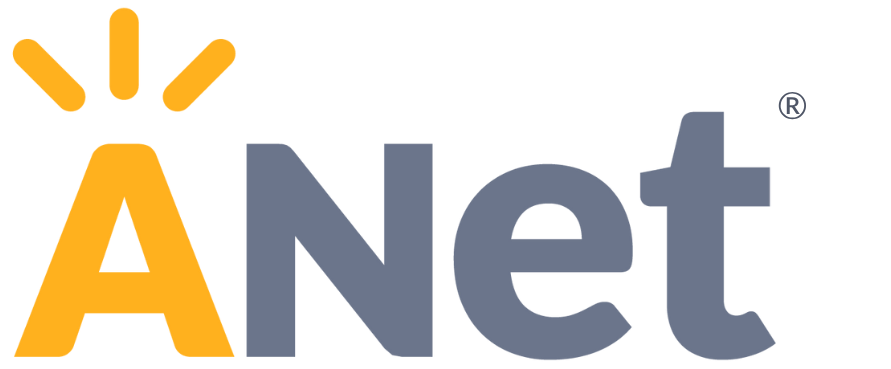How can you know your students understand what is being taught? We offer abundant, easy-to-use tools and resources that help you dig into the data and engage it to drive instructional change. Pairing our instructional tool myANet with our interim assessments helps you get real-time, actionable data to incorporate into your teaching and learning cycle. Inside myANet you will find:
-
standards guides,
-
priority standard misconception tools and distractor guides,
-
vertical progressions,
-
text-dependent question sets,
-
more than 10,000 Quiz Tool items,
-
and more!
ANet is focused on creating more intuitive and concise tools to help you view student work, such as our new Math Data Meeting Report (DMR)–an easy-to-view report with all the information you need at your fingertips. Discover how our math DMR can help you plan and make instructional decisions.
-
How your students understand the standards
Our new math DMR features a more streamlined filtering process to get clear and concise student data showing how your students grasped the concepts presented. You can filter by different student populations to see how they are progressing over time or group students by how they mastered a specific standard to understand their thought processes better. You can even see each standard presented in the assessment by a progress bar of mastery by class, grade, and more. Save time in your planning process as you get ready to use student data to guide your lesson planning.
Our reports are for more than just the teachers in the classroom. Principals, Deans, Instructional Coaches, Chief Academic Officers, and more will find these reports informative and useful as you lead your school, district, or system through your instructional priorities. Teachers have access to student data broken down by standards, sub-standards, and skills students have mastered or need additional support to master. School leaders have access to data across classrooms and grades so they can more effectively support the professional development of their teachers. School and system level leaders find our report helpful with gauging the effectiveness of newly implemented high-quality instructional materials (HQIM), planning as a math team across a building or district to ensure students have the prerequisite knowledge aligned to the vertical progression of the standards, or seeking professional learning aligned to your states standards and the needs of your students and staff. Quite simply, the math DMR helps educators at every level make informed decisions centered around students. -
Why your students may not understand the standards
Find why your students may not understand the standard most recently taught and ways to re-teach all in myANet in a few easy steps. Let’s say you’re teaching fractions. You put together a four-question quiz in myANet that gauges how your students understood your lesson on fractions. After the quiz, you take a look at how your students did. On the first question, you notice about 65% of your students chose the correct answer B, 20% of your students chose C, 10% chose A, and 5% chose D. In many other platforms, this is all you would know. In myANet, you can learn why your students chose each answer. Maybe they used an incorrect procedure to solve the problem or lacked conceptual understanding. All of these options are shared in our distractor rationale. You get an explanation in our misconception guide as to why they may have selected this answer rather than the correct one, and resources to help you re-teach based on how they understood the question.
With the new math DMR, filtering the distractor rationale is even more intuitive. You can group your students together by the different distractor rationale and quickly access ANet's misconception guide to help determine the root cause for your students' misunderstanding. Now, you have the ability to spot trends in your classroom. You can easily get a refresher on what the standard asks for, engage with the student work related to that standard, and formulate instructional methods to address the work—all in one place. After, you can use ANet's quiz tool for in-class reassessment to determine how effective re-teaching was, guiding you through the entire teaching and learning cycle. -
Your Network Average Calculations
As you use ANet’s interim assessments and myANet, your school and district’s data quickly populates so you can learn valuable comparisons that help you grow and plan. In our math DMR you will find your network average calculation, which shows your students’ mastery of the standard compared to similar schools and districts across the country. Grasp what you’re doing well and how you may do better with your network average calculation.
.png)
Get everyone in your school or district on the same page with myANet reports like our new math DMR.
-
School leaders can access data across teachers and grades and use the data for resource allocation, targeting professional development aligned to trends across classrooms, or identifying best practices in the highest-performing classrooms.
-
District leaders see apples-to-apples data across their schools, spotlighting promising results and the corresponding practices in the highest performing schools–which can then be shared to accelerate school improvement.
-
Parents can receive reports that highlight student areas of development and strengths to stay engaged in their child’s learning, reinforce particular skills that need support, and celebrate wins aligned with what students have mastered.
When these conditions are all in place, you are able to raise the rigor of academic content and set high expectations for all learners, support students in mastery of individual goals, and customize content and instruction to best serve the diverse needs of every learner. View your first Math Data Meeting Report today!
